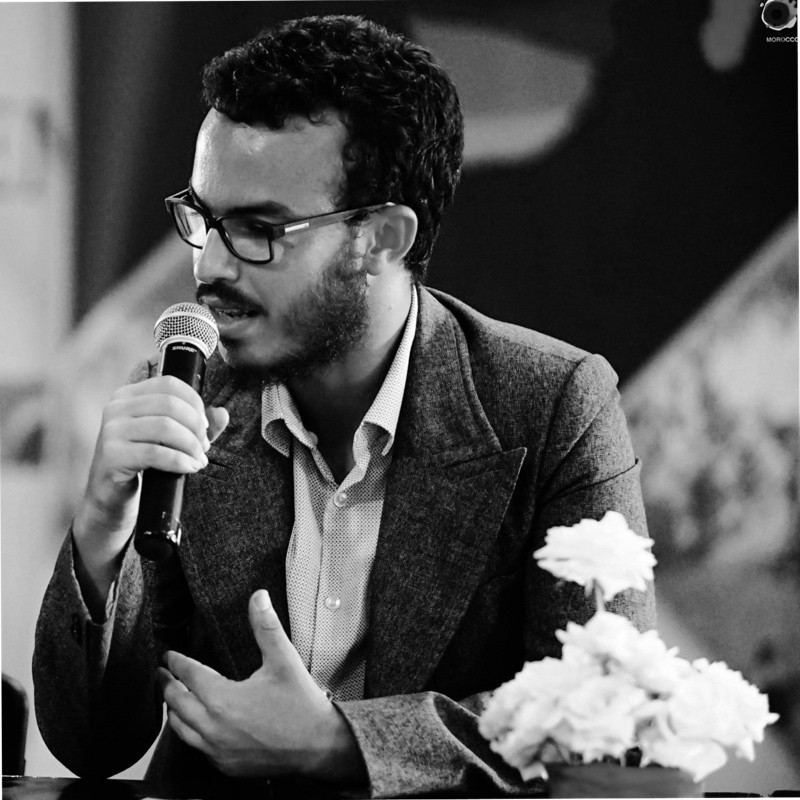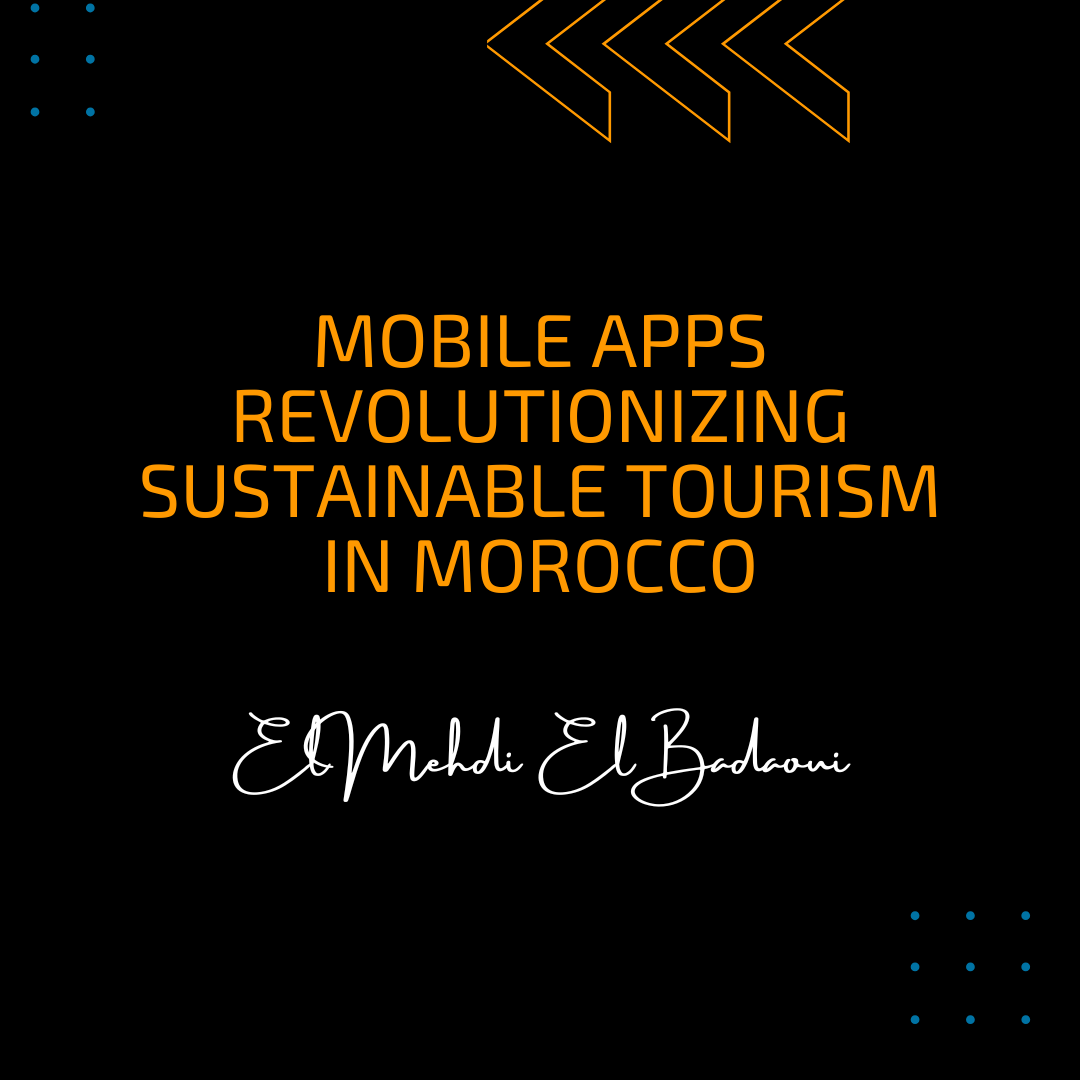Morocco welcomed over 13 million tourists last year, drawn to our ancient medinas, Atlas Mountain trails, Moroccan Sahara landscapes, and coastal retreats. But this success brings challenges: overcrowding at popular sites, environmental pressures, and tourism revenue that doesn’t always reach local communities.
Mobile applications are emerging as powerful tools in addressing these complex issues.
I recently walked through Fez’s medina with an associate, creator of “Authentic Fez,” an app that’s redefining how visitors experience this UNESCO World Heritage site. “Before, tourists would follow the same routes to the same shops selling the same souvenirs,” she explained as we turned down a quiet alleyway. “Now they’re discovering family workshops that have practiced traditional crafts for generations but were previously invisible to visitors.”
This app doesn’t just create better experiences for tourists, it’s reshaping economic patterns within the medina itself, directing income to artisans who preserve authentic techniques rather than mass-produced souvenirs.
Across Morocco, similar innovations are appearing. In the Atlas Mountains, “Trek Morocco” has incorporated traditional ecological knowledge from Amazigh communities into hiking routes, highlighting sustainable farming practices that have maintained fragile mountain ecosystems for centuries. The app connects hikers directly with local guides and guesthouses, ensuring tourism benefits reach remote villages.
What makes these applications particularly significant is their collaborative development. Unlike earlier tourism technology created without local input, today’s most successful Moroccan tourism apps are co-designed with communities, reflecting their priorities and knowledge.
Hassan, who teaches sustainable tourism at ENCG Casablanca, describes this shift: “We’re moving from apps that simply digitize conventional tourism to applications that fundamentally rethink what tourism can be in a Moroccan context, more distributed, more authentic, and more sustainable.”
Along Morocco’s Atlantic and Mediterranean coasts, “Blue Morocco” helps visitors discover beaches and fishing villages beyond established destinations like Agadir or Essaouira. The app highlights community-led marine conservation efforts and connects tourists with local fishing cooperatives offering sustainable seafood experiences.
These apps share common features adapted to Morocco’s specific context. Many function offline, recognizing connectivity challenges in remote regions. Several incorporate multiple languages including Darija and Amazigh variants. Most importantly, they integrate feedback mechanisms allowing communities to shape how their homes and traditions are presented.
The technology is also addressing distinctly Moroccan challenges. Water conservation features help accommodations reduce consumption in drought-vulnerable regions. Carbon calculators consider transportation realities specific to Morocco. Cultural sensitivity guides educate visitors about appropriate behavior during Ramadan or when visiting rural communities.
Of course, digital solutions alone cannot address all sustainability challenges. But when thoughtfully integrated with policy initiatives like Morocco’s Vision 2030 tourism strategy, they become powerful tools for transformation.
Looking ahead, emerging technologies promise even greater possibilities. Augmented reality applications are preserving vanishing crafts by documenting the techniques of master artisans in Marrakech and its surroundings. Blockchain solutions are helping rural cooperatives verify the authenticity of argan oil products and traditional textiles, protecting both consumers and producers.
What’s most inspiring about Morocco’s sustainable tourism apps isn’t just their technological innovation, it’s how they’re helping redefine the relationship between visitors and communities. As Fatima, an ecotourism guide in the Draa Valley, told me: “These apps help visitors see us not as attractions to be photographed, but as knowledge-keepers with whom they can meaningfully connect.

